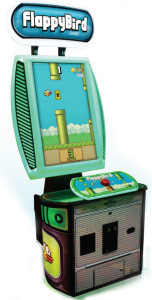Apple understands a user’s needs by segmenting them into demographic profiling, but only providing baselines for their machines. For first time MacBook buyers, they need only choose the correct MacBook section from the top bar, and further refine their choice by selecting from customizable option. Apple decided to point out the best features first, when MacBook is clicked on, in the form of a scrolling page. After purchasing a MacBook, the user can view built-in apps, performance and reason for design choices.
Facebook has content requirements for its wall and posts. These consist of four main content columns, the first of which is dedicated to “liked” pages, apps and groups. The wall has posts, defined by Facebook and created by users, followed by a column for trending topics. People to message are available on the right. Content is created and driven by the users. The frequency of updates are determined by users. Objectives, aligning with user wants and the company’s requirements, form a strategical content implementation.
An example of a hierarchical structure, found on Facebook, are posts. They have a parent-child relationship and are tied exclusively to their initializer. Every node, or object, must have a parent, but not all parent nodes have children. In a matrix structure, different filters can be applied to existing data to show corresponding data related to their query. This structure is found in the search bar of Google. Organic structures do not follow a pattern, and are therefore hard to follow. In the case of the flow of posts on Facebook, these are sorted by relevance, but are hard to relocate if the page updates. Sequential structures are often found in offline sources, such as books, articles and video. Therefore, Youtube would have a sequential structure during video viewing.
Huffington Post’s index page is mainly content, with some room at the header and footer for navigation through links. There is about 80–20% content to navigation spread on this site. Google is primarily for searching, and relies on user input. The links that come up are associated with metadata, created by the user. Google’s spread is 30–70% content to navigation. The front page of Wikipedia has barely any content, and relies solely on linking. Therefore its spread is 5–95%. Etsy is a more even spread, resulting in 60–40%.
Landor guides the readers’ eyes by providing bold graphics that captures attention. The grayed out images serve as a background that also shows work, and the hero image takes the main stage as the information provider for newcomers to the site. The chosen grid, typography and color palette all correspond with guiding the eye towards important information.

